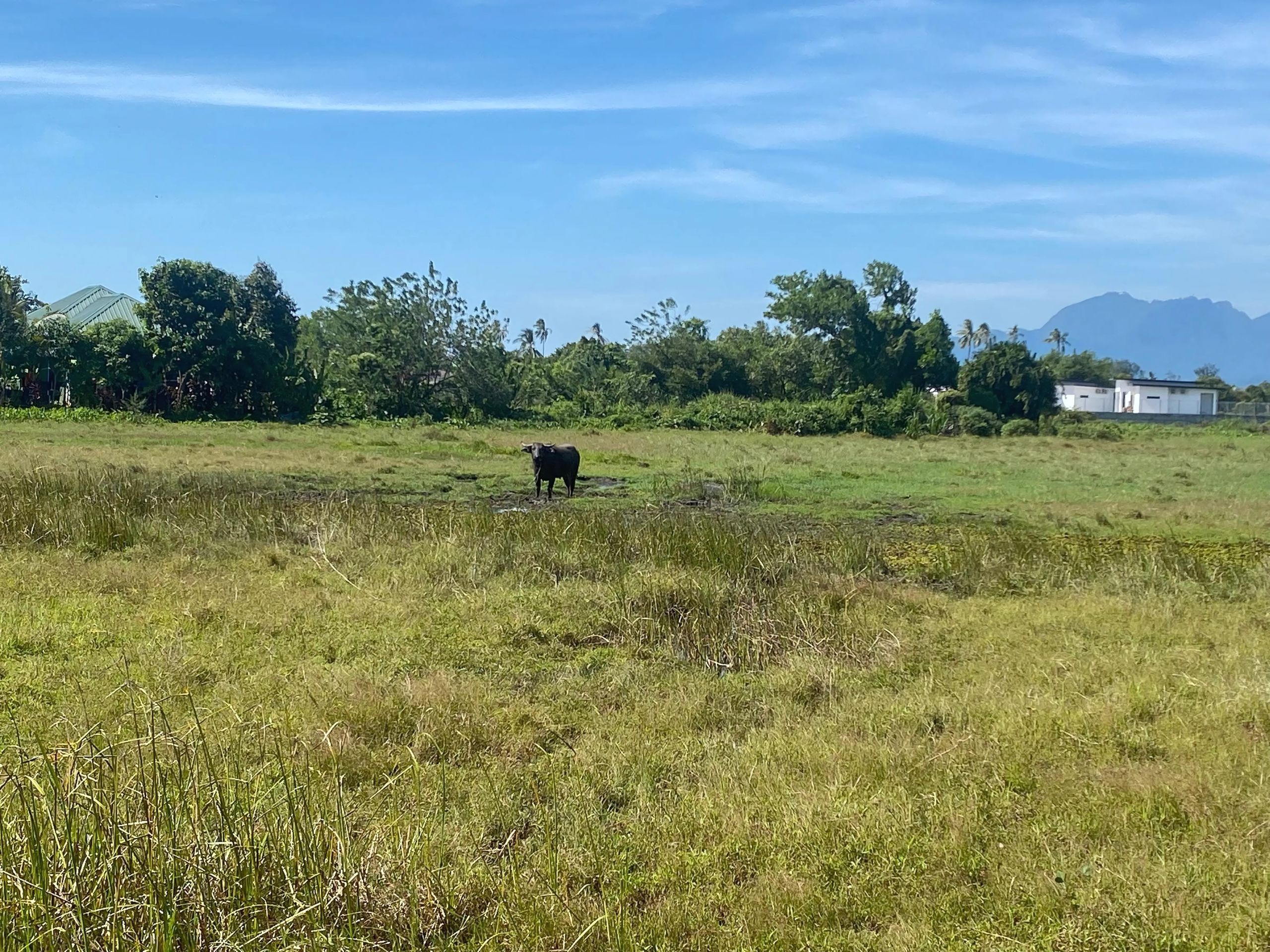Rewang: A Wonderful Malay Tradition Losing Out To Urban Living
By Husna Shafirah
April 2025 FEATURE
Husna Shafirah

is a final-year student of Applied Language (Hons): English for Intercultural Communication from Universiti Teknologi MARA (UiTM). Currently interning with Penang Monthly, she is enjoying her first opportunities in writing about culture and lifestyle along with the smell of freshly printed magazines.




